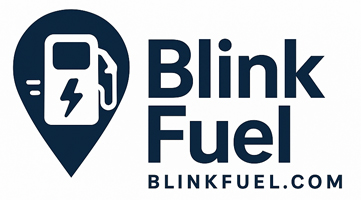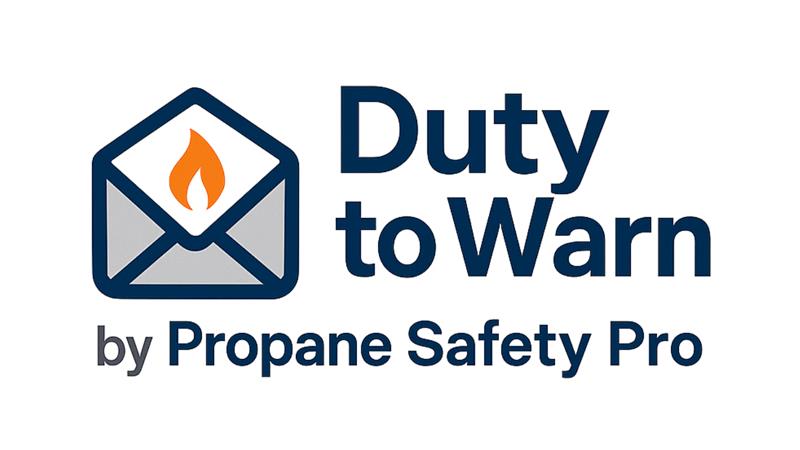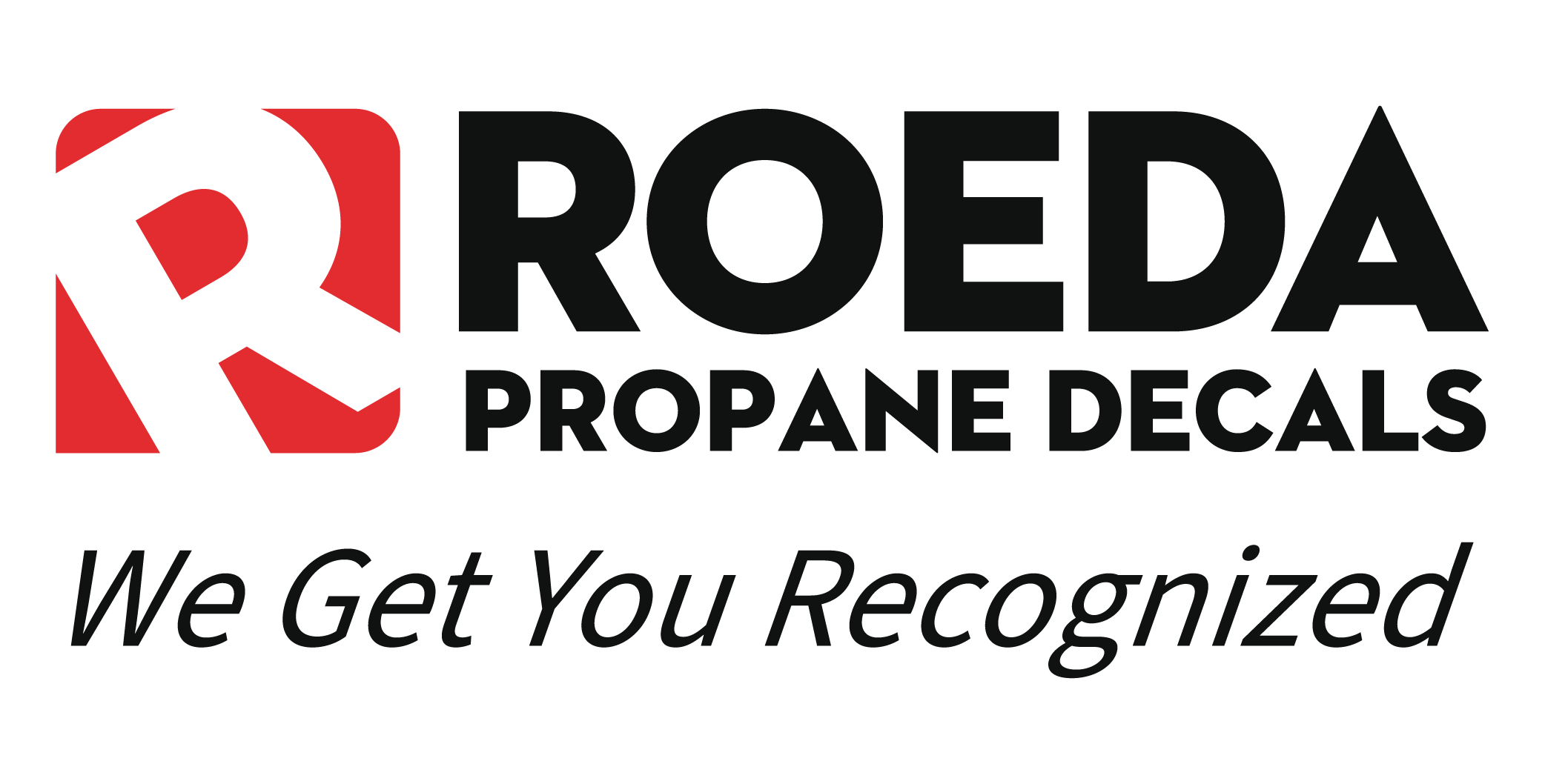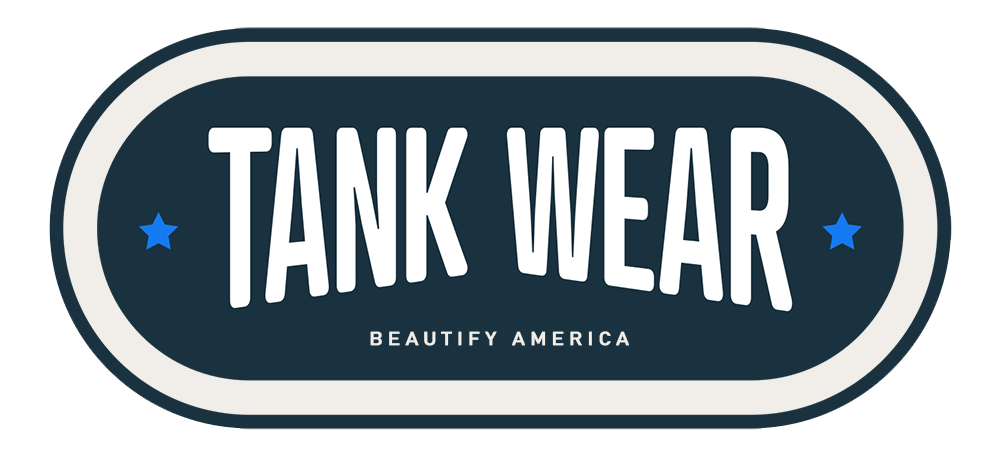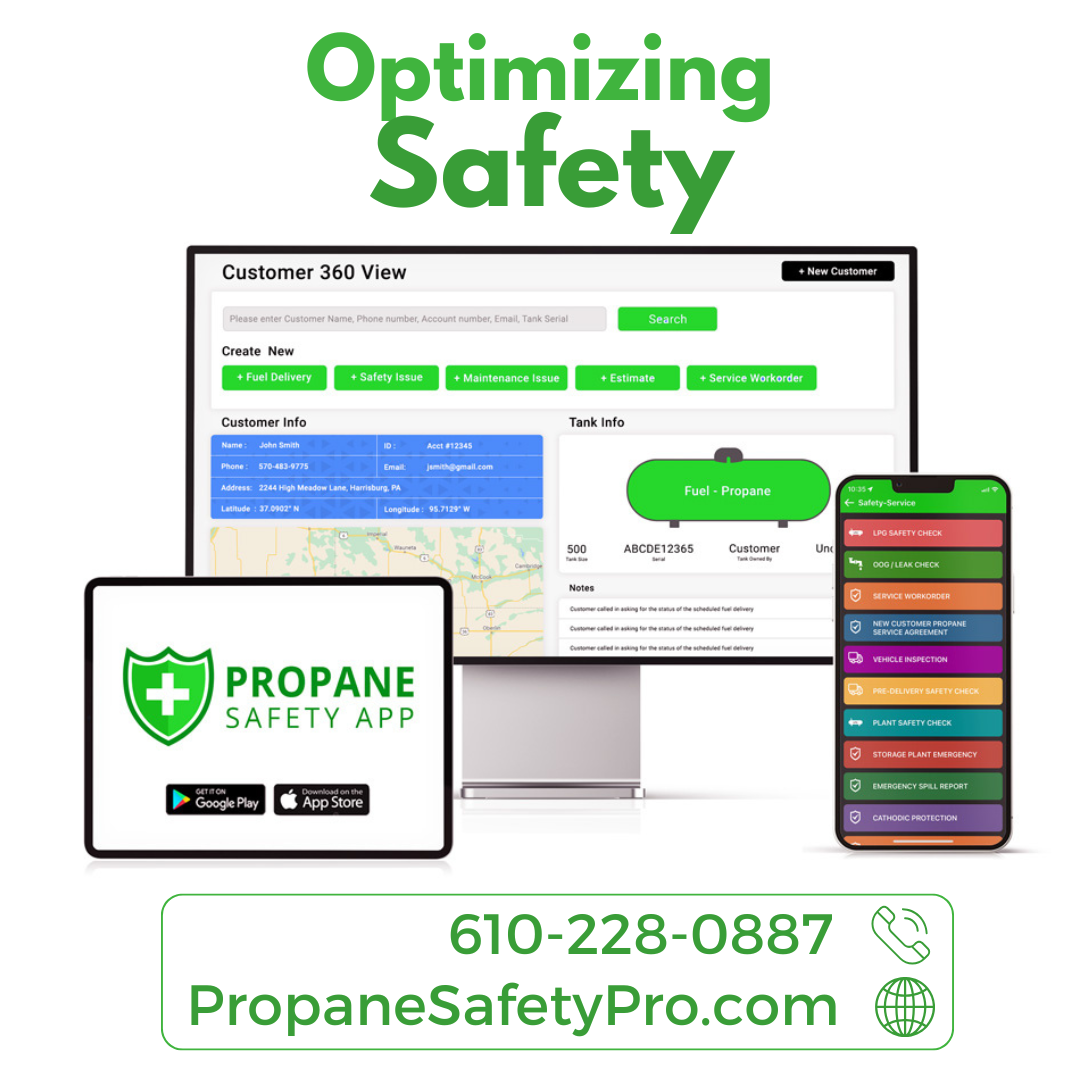When Every Mile Counts, Route Density Leads the Way
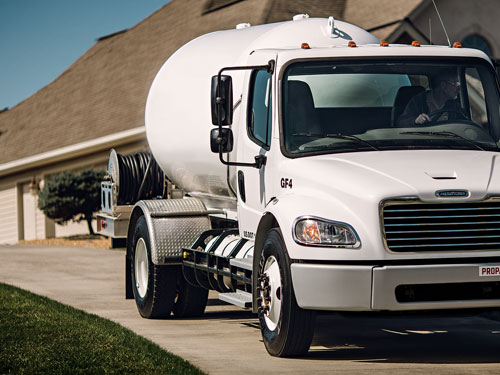
Every propane delivery company faces the same challenge. You want to grow but don’t want to waste time, fuel, or money doing it. That’s where route density becomes your secret weapon. While many think growth simply means gaining more customers, innovative propane businesses understand that where those customers are located matters as much as how many one has. Growth without thoughtful planning can hurt your bottom line more than help it. If your trucks travel all over with long gaps between stops, your costs will rise quickly. On the other hand, if you focus on building tight, efficient routes, every gallon you deliver becomes more profitable.
What Route Density Really Means
Route density refers to how close your deliveries are to each other on a route. High route density means your driver can deliver to more customers in a smaller area with less driving. And, less driving means lower fuel costs, fewer labor hours, and less wear and tear on your trucks.
Low route density does the opposite. You pay for extra travel time when drivers cover vast areas with only a few stops. It takes longer to finish routes, which means you may need more trucks, fuel, and drivers to get through your deliveries, especially during peak seasons.
Implications for Your Business
Route density affects more than your daily fuel and labor costs. It also impacts how quickly you can respond to customers. The tighter your routes, the more flexibility you have to handle last-minute orders or urgent needs without upsetting your schedule.
It also shapes your ability to serve customers during the busiest times of the year. When winter hits and demand spikes, you want your routes to be as short and as efficient as possible. The more dense your routes, the more gallons you can deliver in less time. This can make or break both your customer satisfaction and your reputation.
How to Grow Without Hurting Route Density
When you grow your propane business, first target customers in your existing service areas. Expanding outward in wide circles often leads to weaker routes. Instead, fill in the gaps close to where your trucks are already running. This strengthens your routes, reduces costs, and makes your operation smoother.
You can also work with your sales team and drivers to identify pockets of opportunity. Are there neighborhoods where you already have customers but could easily add more? Are there builders or contractors in those same areas who could become new accounts? Focus your marketing and sales efforts on these easy-to-reach targets.
The Hidden Costs of Ignoring Route Density
Chasing every possible customer, no matter where they are, can lead to severe headaches later. You may win new business in the short term, but lose profits over time. Longer routes mean higher overtime costs, more truck maintenance, and drivers who may get frustrated or burned out.
Even worse, when routes become scattered and unorganized, customer service tends to suffer. Delays happen more often, delivery windows stretch, and your ability to deliver on promises weakens. This can slowly erode trust and cause customers to look elsewhere.
Why Smart Routing Builds Stronger Businesses
Focusing on route density is not just about saving money. It is about building a healthier, more resilient propane business. When routes are tighter, everything becomes more efficient. Your drivers are more productive and less stressed. Your trucks last longer. Your ability to serve customers improves.
Most importantly, your profits grow sustainably. You are not relying on pushing prices up or chasing distant new customers. Instead, you are strengthening your foundation with smart, thoughtful growth that keeps your business stable and competitive for the long haul.


